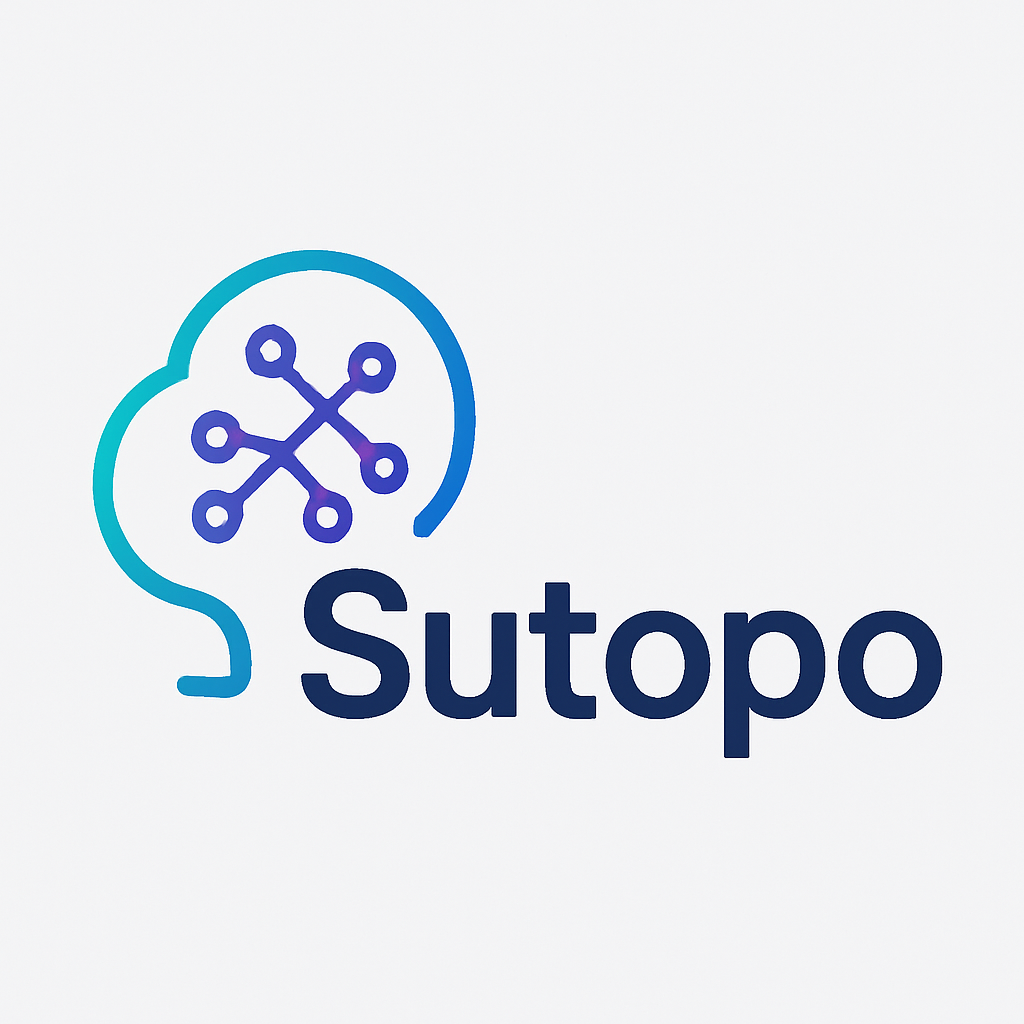
A Comparative Look at Major Image Generation Models: From GANs to Diffusion and Beyond
The field of image generation has witnessed explosive growth in recent years, driven by advancements in deep learning.1 From generating photorealistic images of people who don’t exist to creating fantastical landscapes and artistic renderings, these models are reshaping creative industries and pushing the boundaries of artificial intelligence. This article provides a comparative overview of the major image generation models, exploring their underlying mechanisms, strengths, weaknesses, and key applications. We will primarily focus on Generative Adversarial Networks (GANs), Variational Autoencoders (VAEs), Diffusion Models, and delve into some of the hybrid and emerging approaches.
1. Generative Adversarial Networks (GANs): The Adversarial Game2
GANs, introduced by Ian Goodfellow et al. in 2014, revolutionized generative modeling by employing a two-network adversarial training process.3 A generator network attempts to create realistic images from random noise, while a discriminator network tries to distinguish between real images from a training dataset and the fake images generated by the generator.4 This “minimax game” drives both networks to improve iteratively: the generator learns to produce increasingly realistic images to fool the discriminator, while the discriminator becomes better at identifying fakes.5
Key Strengths of GANs:
- High-quality image generation: GANs have demonstrated remarkable ability to generate sharp, high-resolution images with fine details.6
- Implicit density estimation: GANs learn the underlying data distribution implicitly, without explicitly defining a probability density function.7
- Diverse applications: GANs have found applications in various domains, including image super-resolution, image editing, image-to-image translation, and creating synthetic training data.
Key Weaknesses of GANs:
- Training instability: GAN training can be notoriously unstable, often suffering from mode collapse (where the generator produces limited variations of images) and vanishing gradients (where the discriminator becomes too good, hindering the generator’s learning).8
- Difficulty in convergence: Achieving convergence in GAN training can be challenging, requiring careful hyperparameter tuning and architectural choices.9
- Limited control over generation: Controlling specific attributes of the generated images can be difficult with traditional GAN architectures.10
Notable GAN Architectures:
- DCGAN (Deep Convolutional GAN): Introduced convolutional layers into both the generator and discriminator, leading to more stable training and higher-quality image generation.11
- StyleGAN: Introduced a mapping network and adaptive instance normalization (AdaIN) to control different levels of image features, enabling fine-grained control over style and attributes.12
- BigGAN: Scaled up GAN training with larger batch sizes and more complex architectures, achieving state-of-the-art image generation results.
2. Variational Autoencoders (VAEs): Learning Latent Representations
VAEs, introduced by Kingma and Welling in 2013, take a probabilistic approach to generative modeling.13 An encoder network maps input images to a latent space, representing them as probability distributions. A decoder network then samples from these distributions and generates images. The training objective is to maximize the evidence lower bound (ELBO), which balances reconstruction accuracy and the similarity between the latent distribution and a prior distribution (typically a Gaussian).
Key Strengths of VAEs:
- Stable training: VAE training is generally more stable than GAN training, as it involves maximizing a well-defined objective function.
- Learning latent representations: VAEs learn meaningful latent representations of the data, which can be useful for tasks like data compression, dimensionality reduction, and interpolation.14
- Probabilistic framework: The probabilistic nature of VAEs allows for generating samples by sampling from the latent space.15
Key Weaknesses of VAEs:
- Blurry image generation: Compared to GANs, VAEs often generate blurry or less sharp images due to the inherent smoothing effect of the probabilistic framework.16
- Limited expressiveness: The assumed prior distribution can limit the expressiveness of the latent space, affecting the quality of generated images.
Notable VAE Architectures:
- Beta-VAE: Introduced a hyperparameter (beta) to control the trade-off between reconstruction accuracy and latent space disentanglement.
- VQ-VAE (Vector Quantized VAE): Used vector quantization to learn a discrete latent space, improving the quality of generated images.
3. Diffusion Models: Gradual Noise Removal
Diffusion models, inspired by non-equilibrium thermodynamics, take a fundamentally different approach to image generation.17 They operate by progressively adding noise to an image until it becomes pure noise, and then learning to reverse this process, gradually removing noise to generate a clean image. This process is typically modeled as a Markov chain, where each step adds a small amount of Gaussian noise.
Key Strengths of Diffusion Models:
- High-quality image generation: Diffusion models have achieved state-of-the-art results in image generation, often surpassing GANs in terms of image quality and diversity.18
- Stable training: Diffusion models are typically easier to train than GANs, as they involve a more stable objective function.
- Controllable generation: By manipulating the noise schedule or intermediate representations, it’s possible to control various aspects of the generated images.19
Key Weaknesses of Diffusion Models:
- Computational cost: The iterative denoising process can be computationally expensive, requiring many steps to generate a single image.
- Memory requirements: Storing the model and intermediate representations can require significant memory.
Notable Diffusion Model Architectures:
- DDPM (Denoising Diffusion Probabilistic Models): Introduced the core framework for diffusion models, demonstrating their potential for high-quality image generation.20
- Improved DDPM: Introduced several improvements to the training and sampling process, leading to faster and more efficient generation.
- Score-Based Generative Models: Frame diffusion as learning the gradient of the data distribution, offering alternative training and sampling methods.
4. Hybrid and Emerging Approaches
Beyond the core architectures discussed above, several hybrid and emerging approaches are pushing the boundaries of image generation:
- GANs with Diffusion: Combining the strengths of GANs and diffusion models, such as using a diffusion process as the generator in a GAN framework, has shown promising results.21
- Transformers for Image Generation: Adapting transformer architectures, which have been highly successful in natural language processing, to image generation has led to impressive results, particularly in generating images with complex structures and long-range dependencies.
- Normalizing Flows: These models learn invertible transformations to map a simple distribution (like Gaussian noise) to the complex data distribution, offering another approach to generative modeling.22
Comparison Table
| Feature | GANs | VAEs | Diffusion Models |
|---|---|---|---|
| Training | Adversarial, unstable | Variational, stable | Iterative denoising, stable |
| Image Quality | High, sharp details | Blurry, less sharp | Very high, often surpassing GANs |
| Control | Difficult, limited control over attributes | Limited by latent space and prior | More controllable through noise schedule/steps |
| Computational Cost | Moderate | Moderate | High, especially during sampling |
| Memory Requirements | Moderate | Moderate | High, due to storing model and intermediates |
| Key Strengths | High-quality images, diverse applications | Stable training, latent space learning | High quality, stable training, controllable |
| Key Weaknesses | Training instability, mode collapse | Blurry images, limited expressiveness | High computational cost, memory requirements |
Applications Across Domains
These image generation models have found diverse applications across various domains:
- Art and Design: Creating digital art, generating textures, designing logos, and producing marketing materials.23
- Entertainment: Generating special effects for movies and video games, creating virtual avatars, and developing interactive experiences.24
- Medical Imaging: Generating synthetic medical images for training diagnostic models, enhancing image resolution, and aiding in medical research.25
- Fashion and E-commerce: Generating virtual try-on experiences, creating personalized clothing designs, and generating product images.26
- Scientific Research: Generating synthetic data for training machine learning models in various scientific fields.27
Conclusion
The landscape of image generation has evolved rapidly, with each model offering unique strengths and weaknesses. GANs have been instrumental in achieving high-quality image generation, while VAEs provide a stable training framework and learn meaningful latent representations.28 Diffusion models have recently emerged as a powerful approach, achieving state-of-the-art results with stable training and controllable generation.29 Hybrid and emerging approaches continue to push the boundaries of what is possible, promising even more exciting advancements in the future. As computational resources become more readily available and research continues to progress, we can expect to see even more impressive and innovative applications of image generation models across various domains. The future of image generation is bright, with the potential to revolutionize how we create, interact with, and understand visual information.
